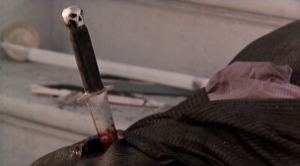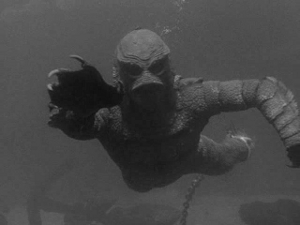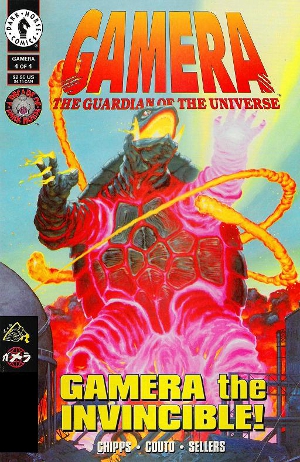by Chad Denton

The TARDIS arrives right in the middle of a fight between Hector and Achilles, who are too busy to notice a materializing box. The Doctor, Vicki, and Steven watch the fight via the monitor. Right away the Doctor is eager to go out and find out when and where they are, noting that the men outside are “doing more talking than they are fighting.” As the Doctor approaches them, Hector and Achilles argue, with Hector challenging Zeus to save Achilles and destroy Troy himself. With the Doctor’s appearance distracting Hector, Achilles stabs him to death. Given the timing, Achilles right away assumes that the Doctor is Zeus in the form of “an old beggar.” The Doctor plays along, but tries to talk his way back to the TARDIS after Achilles begs him to come to the camp of Agamemnon outside the walls of Troy. Odysseus, whom Achilles contemptuously describes as a “pirate”, scoffs at the idea that the Doctor is Zeus and suspects he is a Trojan spy. The Doctor describes the TARDIS as his “traveling temple” and imperiously demands that he be allowed to leave, but Odysseus has his men take the Doctor into captivity. Continue reading Trash Culture’s Dr. Who Reviews – The Myth Makers (1965)







